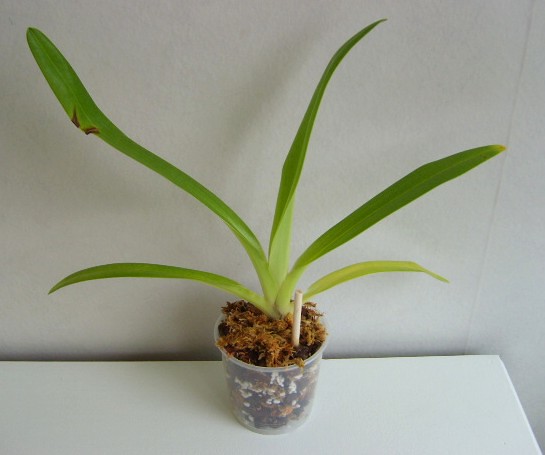The Mutant
Well-Known Member
Look at how yellow all of my roths have turned! What's wrong? I had them too close to the T5, but it must be something else as well. Why are they so yellow and how can I fix it? I got really depressed when I compared the old and new photos. They've all lost so many leaves and turned so yellow... 
Also, if there is something they lack, do any of the Nordic members know how I can get hold of whatever it is they need? It seems to be hard to buy certain chemicals here in Sweden due to idiots using them in bombs and such.
How it looked when I got it:

How it looks now (it has turned so yellow, that there must be something wrong...):

The acclamied 'MM' x self when I got it:

Now:

The x sib 'Jim Krull' x 'CC' when I got it:

And what's left of it now...:

The x sib 'Oriental Red' x 'MM' when I got it:

And now:

Also, if there is something they lack, do any of the Nordic members know how I can get hold of whatever it is they need? It seems to be hard to buy certain chemicals here in Sweden due to idiots using them in bombs and such.
How it looked when I got it:

How it looks now (it has turned so yellow, that there must be something wrong...):

The acclamied 'MM' x self when I got it:

Now:

The x sib 'Jim Krull' x 'CC' when I got it:

And what's left of it now...:

The x sib 'Oriental Red' x 'MM' when I got it:

And now:




